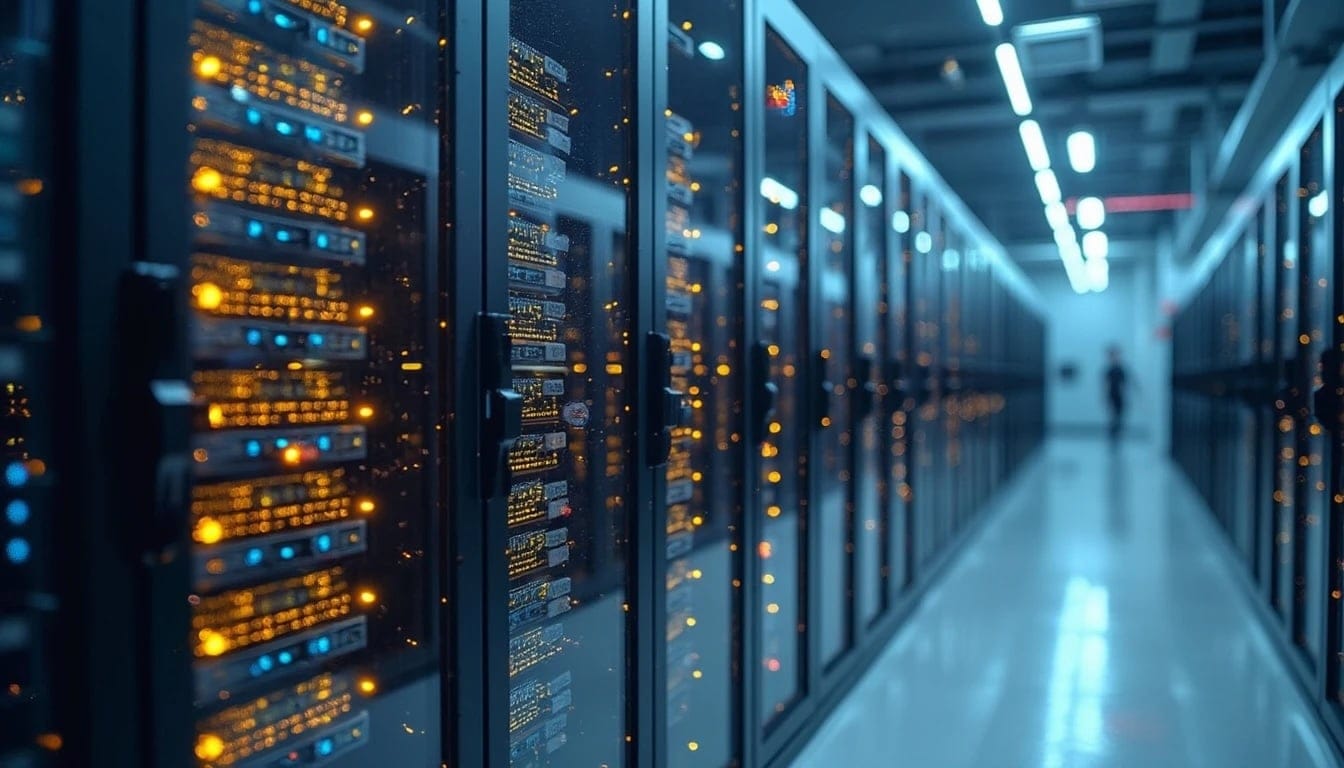The ambitious AI supercomputer Colossus, developed by xAI in collaboration with NVIDIA and Supermicro, has once again become the center of the energy and environmental debate in the United States. Built in just 122 days, the Memphis data center housing this massive AI model training system features 100,000 NVIDIA H100 accelerators and another 100,000 Nvidia H200 accelerators currently being deployed.
However, the scale of the project has quickly raised serious infrastructure challenges. In its initial phase, Colossus required about 155 MW of electrical power, though it initially had only 8 MW connected to the grid, which was later increased to 50 MW. The chosen building was not equipped to host a data center of this caliber, compelling xAI to resort to an emergency solution: installing 14 industrial gas turbines, each with a capacity of 2.5 MW.
From 14 to 35 Turbines: Growth and Controversy
Recent aerial images reveal the presence of up to 35 gas turbines on the site, though not all would be operational at the same time. Nonetheless, local residents have started expressing concern about air quality, especially given that this is a highly polluting energy generation source.
Although the Tennessee Valley Authority (TVA) has authorized the installation and conducted technical inspections, social discontent has been growing. According to recent data, MLGW (Memphis Light, Gas and Water), the local provider, has managed to expand grid supply to 150 MW, and xAI has also added Tesla Megapack batteries to provide temporary support during demand spikes or power outages.
xAI has confirmed that at least half of the gas turbines have already been removed, though it has not clarified whether this refers to half of the original 14 or half of the total 35 shown in the images. In any case, part of the backup infrastructure will remain active until the second phase of the electrification plan is completed, which anticipates a total supply of up to 300 MW.
A Long-Term Vision: The First Data Center with a Million Accelerators?
xAI’s plan doesn’t stop here. According to local sources, the company intends to build a second data center in the Memphis area, for which it has already requested an initial capacity of 260 MW, although projections point to a future deployment of up to 1.1 GW. This could translate to a cluster with up to one million computing units, establishing xAI as one of the most powerful players in the world for large-scale language model training.
Balancing Innovation and Environmental Concern
Colossus stands as a symbol of the rise of artificial intelligence and the computational capabilities needed to train next-generation models like GPT-4 or LLaMA-3. However, it also highlights the enormous challenges associated with the sustainability of such infrastructures: extremely high energy consumption, temporary reliance on fossil fuels, and a direct impact on local communities that feel marginalized by business decisions lacking sufficient transparency.
This situation reflects an increasingly common conflict in the AI era: how to balance technological progress with environmental and social responsibility. Meanwhile, the construction of the next phase of Colossus and future facilities from xAI will mark a key point in that debate.

Source: Hardwareluxx

